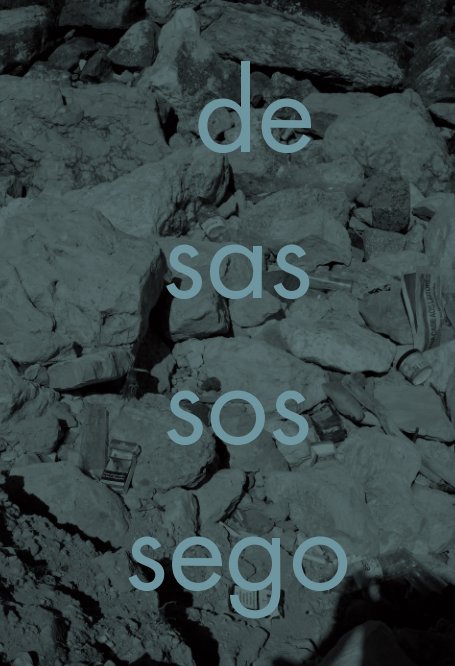Über das Buch
many years ago I read the "Book of Disquiet” (Livro do Desassossego) by Fernando Pessoa.
I was both impressed and irritated by this strange blend of poetry, philosophy and his somewhat self-indulgent daydreaming.
After I finished it I put it on my bookshelf and thought I would never read it again.
But recently I picked it up and also started to read his poetry and even his curious travel guide: "Lisbon: What the tourist should see".
Still fascinated by the work of this strange and unremarkable man I decided to travel to Lisbon.
Of course I searched for traces of places where Pessoa actually lived, the offices where he worked and the café's he frequently visited.
But more rewarding was it to wander through his city, with a few lines in my head,
like Pessoa was described; “as a passerby of everything”.
So I photographed everything.
I was both impressed and irritated by this strange blend of poetry, philosophy and his somewhat self-indulgent daydreaming.
After I finished it I put it on my bookshelf and thought I would never read it again.
But recently I picked it up and also started to read his poetry and even his curious travel guide: "Lisbon: What the tourist should see".
Still fascinated by the work of this strange and unremarkable man I decided to travel to Lisbon.
Of course I searched for traces of places where Pessoa actually lived, the offices where he worked and the café's he frequently visited.
But more rewarding was it to wander through his city, with a few lines in my head,
like Pessoa was described; “as a passerby of everything”.
So I photographed everything.
Autorenwebsite
Eigenschaften und Details
- Hauptkategorie: Kunst & Fotografie
-
Projektoption: 15×23 cm
Seitenanzahl: 48 -
ISBN
- Softcover: 9780464856955
- Bedrucktes Hardcover: 9780464856948
- Veröffentlichungsdatum: Sept. 07, 2018
- Sprache English
- Schlüsselwörter travel, urban, blackandwhitephotography, poetry
Mehr anzeigen
Über den Autor
Herman Wouters
Amsterdam, the Netherlands
I focus on projects recording places and objects in the public urban landscape. The photographs deal with vernacular subject matter and take note of human nature, in likely and unlikely places, revealing an often overlooked sign language of the street. This "Slow Photography", that balances on the edge between an actual documentation and personal vision, is often edited in small editions of self published photobooks and zines.


